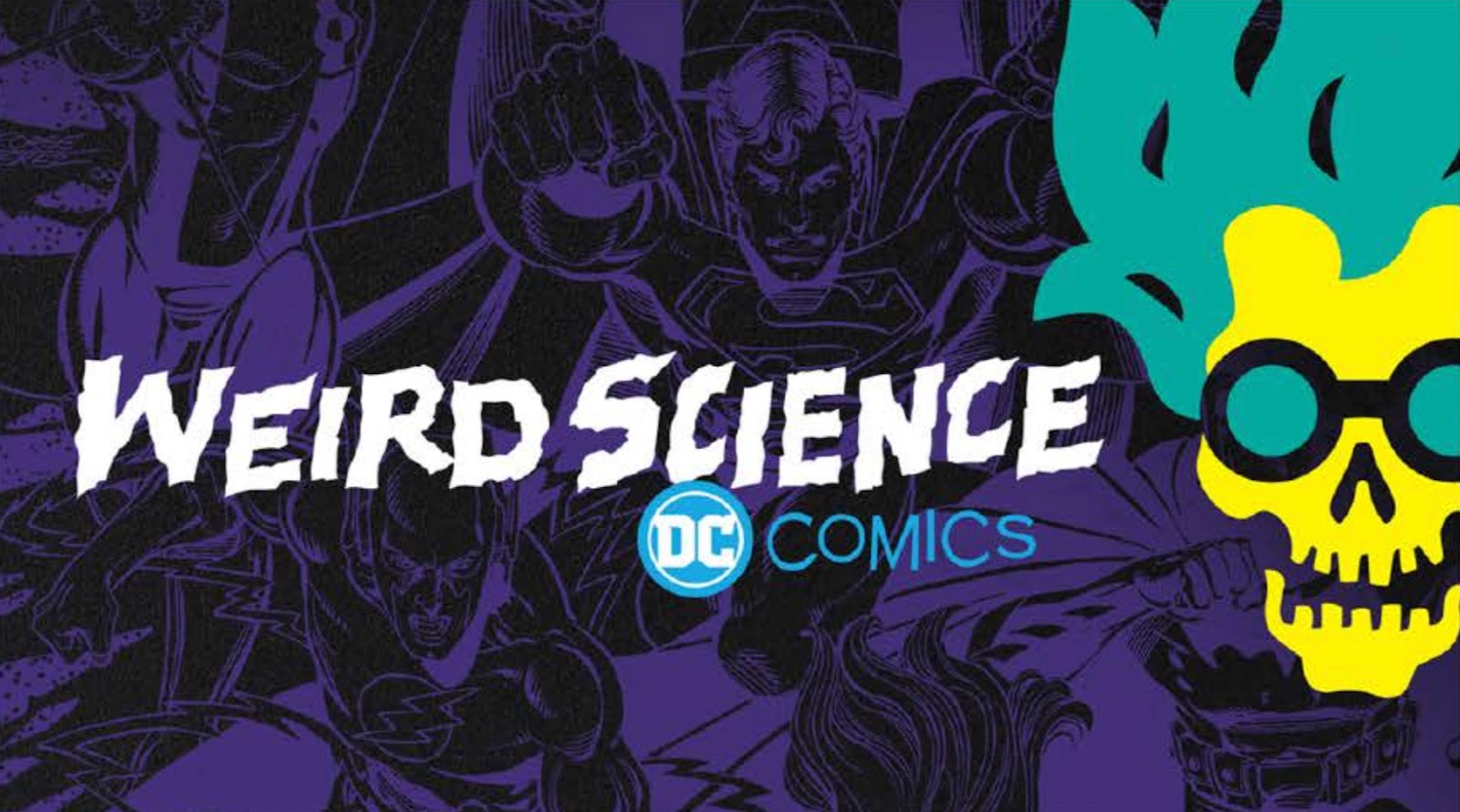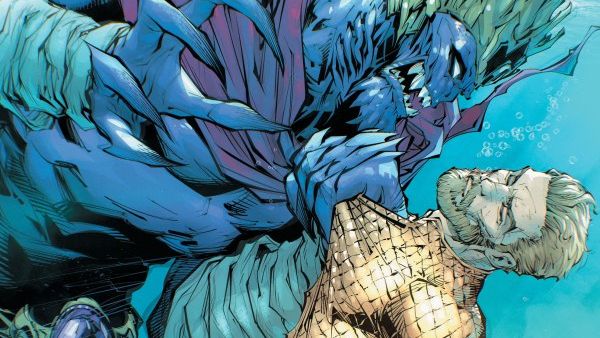First Impressions
My gut reaction is a mixed bag—the art is undeniably vibrant, but the narrative feels a bit disjointed, jumping from one intense moment to a quieter, more exposition-heavy scene. It has potential, but it doesn't quite hook you from the get-go.
Recap
In the previous issue, Aquaman #6, Aquaman, also known as Arthur Curry, found himself battling an out-of-control, genius-level wombat with Jayna on Earth. Suddenly, he was transported to a "God City" where he was imprisoned as if he were a genie in a bottle. This abrupt transition set the stage for his current quest to find the vanished Kingdom of Atlantis within the mysterious realm of the Blue. Along the way, Arthur has assembled a diverse crew of adventurers to aid him, and their journey has now led them to the doorstep of the formidable Demon Dagon.
Plot Analysis
Aquaman and Zan find themselves in Crustacea, the Blue, attempting to evade the forces of Demon Dagon who seek to enslave them. As they navigate the perilous environment, Aquaman's team, including Arion, Lady of the Lake (Vivienne), and Captain Nemo of the Blueship Nautilus, engage in combat with Dagon's reinforcements. The Nautilus arrives, providing crucial support by attacking Dagon's forces and making him angry.
Once safe aboard the Nautilus, the group discusses their next move. Aquaman is keen to reach his people quickly. Vivienne expresses concern about confronting Dagon, who is described as a god holding all of the Blue in his grasp. Arion reveals that Dagon is using "something" to hoard the Blue, and their goal is to take it from him.
A sudden "Rummmmbmmbllle" indicates their arrival at a "Flowway," an underwater current that serves as a passageway to their destination. This Flowway leads them to the Lost Atlantis. Upon arrival, Aquaman immediately calls out for Mera, only to be confronted by a young woman who looks like but is not Mera, demanding to know what he wants with her mother.
Aquaman then encounters a very old Garth and Jackson, who express disbelief at his return after what feels like "decades". He is soon reunited with his Mera, and learns the woman he first encountered is Andrina, his daughter. He reunites with Mera, who is frail and weakened, stating that Dagon has "zapped" what spirit she had. Just as they share an emotional reunion, Dagon arrives, demanding Aquaman's death and asserting his power over Atlantis. The issue concludes with Aquaman and Andrina preparing to face Dagon, ready for a final battle.
Story
The story in Aquaman #7 attempts to blend adventure with personal stakes, but it often feels like it's trying to do too much at once. The initial action sequence against Dagon's forces is exciting, but the subsequent discussions on the Nautilus quickly bog down the pace with exposition. The sudden appearance of Mera's "daughter" and the aged Mera throws a few emotional curveballs, yet the impact feels somewhat rushed due to the constant threat of Dagon. It's clear the creative team is building towards a major confrontation, but the journey to get there feels a bit like treading water. The pacing is a bit erratic, and some of the dialogue feels functional rather than truly engaging.
Art
Michael Shelfer's art, with Rex Lokus's colors, is undoubtedly the strongest aspect of this issue. The underwater environments of Crustacea and Lost Atlantis are beautifully rendered, bursting with vibrant hues that truly make the world feel alive and alien. The character designs are dynamic, especially during the action sequences; the movement feels fluid and powerful. Dagon's menacing presence is well-established through his imposing design. However, there are moments where panels feel a bit cluttered, and some of the quieter scenes don't quite carry the same visual punch as the action. Despite minor inconsistencies, the overall visual experience is quite good.
Characters
Arthur Curry, as Aquaman, continues his determined quest to save his people, showcasing his unwavering resolve. However, his character arc in this particular issue feels more reactive than proactive. Zan provides some comedic relief, though his role remains largely secondary. The introduction of Mera's "daughter" and the aged Mera attempts to add emotional depth, but their sudden appearance and the quick shift in their situation means there's not enough time to truly connect with their plight. Dagon is established as a formidable villain, but his motivations, beyond simply being a "god" who "requires slaves," could use more fleshing out. The supporting cast, while present, doesn't get much opportunity to shine beyond their immediate contributions to the plot.
Positives
The artwork is a definite highlight, with vivid colors and dynamic action sequences that make the underwater world pop. The introduction of Mera's apparent daughter and the reveal of Mera's aged state provide some intriguing emotional stakes for Aquaman, promising a more personal fight against Dagon. The concept of the "Flowway" and the "Blue" realm itself offers a unique and visually interesting setting for the story to unfold.
Negatives
The pacing of the issue is uneven, frequently shifting from intense action to exposition-heavy dialogue, which can make the narrative feel disjointed. Some character introductions and plot developments feel rushed, preventing deeper emotional investment. While Dagon is presented as powerful, his motivations could be more nuanced, making him a more compelling antagonist rather than a generic "demon god". The constant emphasis on "the Blue" as a mysterious, all-encompassing force without clearer definition makes it difficult to grasp the full scope of the threat.
About The Reviewer: Gabriel Hernandez is the Publisher & EIC of ComicalOpinions.com, a comics review site dedicated to indie, small, and mid-sized publishers.
Follow @ComicalOpinions on YouTube, Facebook, Instagram, and Twitter






